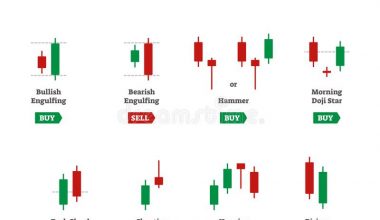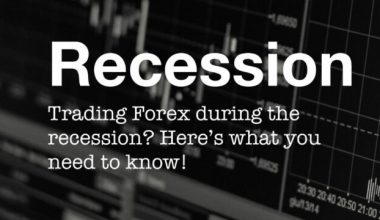Almost 30 years ago, the trade market was characterized by exchanges directed over the phone, recognized stockholders, murky price data, a reasonable variation between interdealer exchanging and seller-client exchanging, and small market concentration.
Today, tech advancements have changed the forex market. Exchanges can be made fast over your PC, permitting retail merchants to enter the market. Continual streaming costs have prompted more transparency and differentiation between sellers.
Another critical change is the introduction of algorithmic exchanging, which may have prompted upgrades to the working of forex exchanging, yet also presents risks. For more info on this, click on this link http://www.junomarkets.com/.
In this article, we’ll recognize a few benefits algorithmic exchanging has brought to money exchange. This we will do by looking at the forex market fundamentals and algorithmic exchanging. We will also be calling attention to several inherent risks.
What Are the Basics of Forex Markets?
In forex markets, money sets are exchanged in fluctuating volumes as per provided cost estimates. Base money is given a cost in terms of quoted cash. Forex is viewed as the world’s biggest and most fluid monetary market. It is exchanged 24 hours every day, five days per week.
The primary reason behind the forex market’s presence is that individuals need to exchange currencies to purchase foreign goods and services, albeit theoretical exchange might be the primary inspiration for certain stockholders.
Action in the forex market influences actual trade rates and can significantly impact the yield, business, capital flows, and inflation of a specific country. Consequently, policymakers, people in general, and the media all have a personal stake in the forex market.
What Are the Basics of Algorithmic Trading?
An algorithm is basically a bunch of explicit principles intended to finish a characterized task. In monetary market exchanging, PCs do client-defined algorithms portrayed by many rules like planning, cost, or an amount that decide exchanges.
There exist four essential sorts of algorithmic exchange within financial markets:
Statistical – this alludes to an algorithmic procedure that searches for productive exchanging openings dependent on historical time sequence data’s statistical study.
Auto-hedging – This is a methodology that produces rules to lessen a dealer’s exposure to risk.
Algorithmic execution- These methodologies intend to execute a predefined objective, for example, lessen the market impact or execute an exchange rapidly.
Direct market access – This one portrays the ideal paces and lower costs at which algorithmic traders can access and connect with various exchanging platforms.
Read Also: Favourable Balance Of Trade: When Does It Occur
One of the subcategories of algorithmic exchanging is high recurrence exchanging, which is described by the amazingly high rate and speed of exchange order executions.
High-frequency exchanging can give merchants critical benefits, including the capacity to make exchanges in milliseconds of gradual price changes, yet besides convey certain dangers when exchanging an unpredictable forex market.
What Are the Risks Involved in Algorithmic Trading?
There are a few disadvantages of algorithmic exchanging that could undermine the forex market’s security and liquidity. One such drawback is identified with imbalances in exchanging force of market members.
A few members can procure modern innovation to get data and execute orders at a lot snappier speed than others. This lopsidedness in algorithmic design could prompt compartmentalization inside the market and liquidity deficiencies over the long haul.
Moreover, while there are significant contrasts between financial exchanges and the forex market, there is a conviction that a similar high-recurrence exchange that aggravated the securities exchange crash could likewise influence the forex market.
Algorithms may not react rapidly enough if the market were to radically change, as they are modified for explicit market situations. Markets may be observed, and algorithmic trading is suspended during turbulence to avoid this scenario.
In any case, in such outrageous conditions, various market members’ synchronous suspension of algorithmic exchanges could bring about high unpredictability and an exceptional decrease in market liquidity.
Final Thought
All in all, Algorithmic trading has been able to boost competence and cut the expenses of exchanging currencies, but it has also brought extra risk. For currencies to function correctly, they must be somewhat steady backups of value and be very liquid. Thus, the forex market must stay fluid with low price instability.






